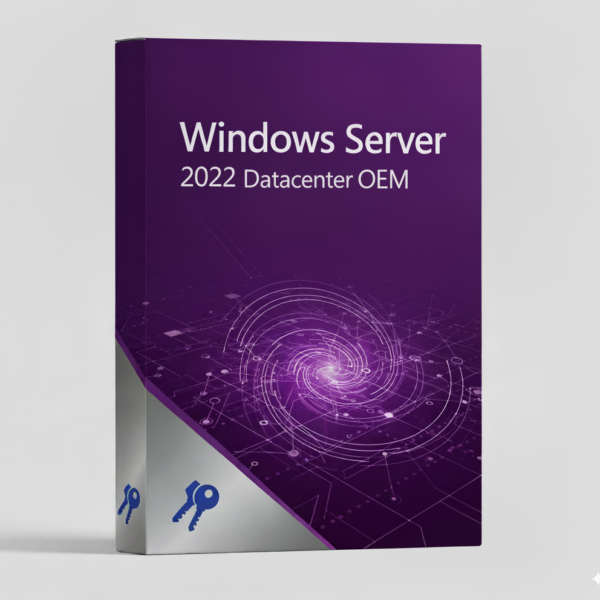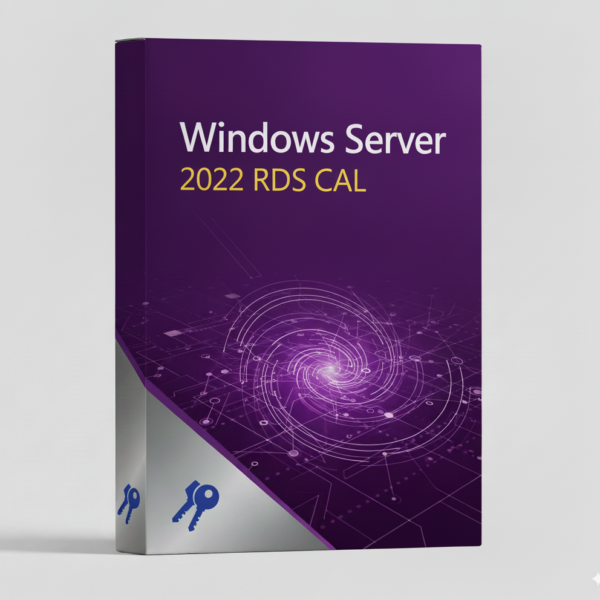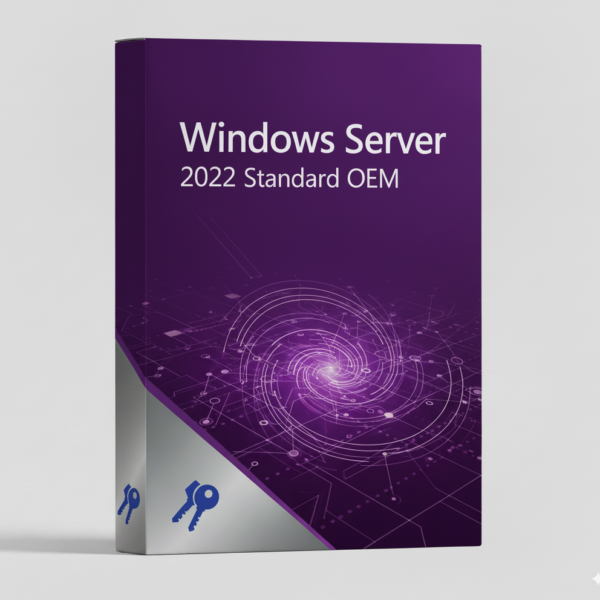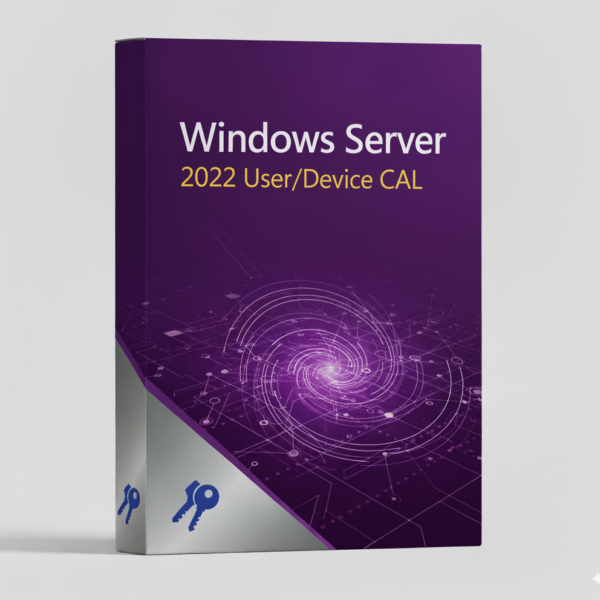A Windows Server 2022 a Microsoft legújabb szerver operációs rendszere, amely számos újítást hoz a biztonság, az Azure hibrid integráció és menedzsment, valamint az alkalmazásplatform területén. A Windows Server 2022 a Windows Server 2019 erős alapjaira épül, és olyan új funkciókat kínál, mint a Hotpatch, az SMB over QUIC, a Storage Replica tömörítés, a Secured-core szerver és még sok más. Ebben a cikkben bemutatjuk a Windows Server 2022 legfontosabb újdonságait.
Biztonság
A Windows Server 2022 nagy hangsúlyt fektet a biztonságra, és több rétegű védelmet nyújt a fenyegetések ellen. A Secured-core szerver technológia segít megvédeni a szervereket a firmware szintű támadásoktól, amelyek kihasználhatják a hardver sebezhetőségeit. A Secured-core szerverek olyan funkciókat használnak, mint a Trusted Platform Module (TPM), az Intel Software Guard Extensions (SGX), az AMD Secure Encrypted Virtualization (SEV) és a Virtualization-based Security (VBS). Ezekkel a funkciókkal a Windows Server 2022 minimalizálja az operációs rendszer felületét, amelyet egy támadó kihasználhat.
A Windows Server 2022 továbbfejleszti a BitLocker titkosítást is, amely most már támogatja az AES-256 algoritmust2. Ez növeli az adatok védelmét a lemezeken és a hálózaton. A BitLocker továbbá lehetővé teszi az automatikus kulcsfeloldást is, amikor egy szerver újraindul. Ez csökkenti az adminisztrációs terhet és javítja a rendelkezésre állást.
A Windows Server 2022 bevezeti az SMB over QUIC protokollt is, amely lehetővé teszi a fájlok biztonságos elérését távolról VPN nélkül. Az SMB over QUIC egy olyan protokoll, amely az SMB-t futtatja az UDP felett, és használja a QUIC titkosítást és megbízhatóságot. Ez azt jelenti, hogy az SMB ügyfelek képesek lesznek kapcsolódni az SMB szerverekhez akár tűzfalakon vagy proxykon keresztül is.
Azure hibrid integráció és menedzsment
A Windows Server 2022 erősíti az Azure hibrid képességeit is, és több lehetőséget kínál a felhő és az on-premise infrastruktúra összekapcsolására. A Windows Server 2022 Datacenter: Azure Edition egy olyan VM-only operációs rendszer, amely kihasználja az Azure előnyeit, mint például a Hotpatch, az Azure Extended Networking és az Azure Automanage. A Hotpatch lehetővé teszi a biztonsági frissítések telepítését újraindítás nélkül, ami csökkenti a leállási időt és növeli a termelékenységet. Az Azure Extended Networking javítja a hálózati teljesítményt és skálázhatóságot, míg az Azure Automanage automatizálja a szerverek konfigurálását és karbantartását.
A Windows Server 2022 továbbá támogatja az Azure Arc-ot is, amely segít kezelni, biztosítani és kormányozni a szervereket az Azure-ból. Az Azure Arc lehetővé teszi, hogy egységes módon láthassuk és kezelhessük az Azure-ban és más helyeken futó erőforrásokat, mint például virtuális gépeket, Kubernetes klasztereket vagy SQL szervereket. Az Azure Arc segítségével a Windows Server 2022 szerverek használhatják az Azure szolgáltatásait, mint például az Azure Monitor, az Azure Security Center, az Azure Backup, az Azure Policy és mások.
Alkalmazásplatform
A Windows Server 2022 javítja az alkalmazásplatformot is, és több lehetőséget biztosít a fejlesztőknek és az adminisztrátoroknak. A Windows Server 2022 támogatja a Windows konténereket és a Kubernetes-t is, amelyek segítenek modernizálni a konténer-alapú alkalmazásokat. A Windows Server 2022 továbbá támogatja az Azure Kubernetes Service-t (AKS) az Azure Stack HCI-n és a Windows Server-en, ami lehetővé teszi a Kubernetes klaszterek egyszerű telepítését és kezelését a helyszínen vagy az élen.
A Windows Server 2022 növeli az alkalmazások teljesítményét és skálázhatóságát is. A Windows Server 2022 akár 48 TB memóriát, 64 foglalatot és 2048 logikai magot is támogat, ami ideális a nagy teljesítményű számítási feladatokhoz, mint például a SQL Server. A Windows Server 2022 továbbfejleszti a Storage Replica-t is, amely most már támogatja a tömörítést a forrás és a cél szerverek közötti adatátvitelhez. Ez csökkenti a hálózati kihasználtságot és javítja az adatok szinkronizációját.





